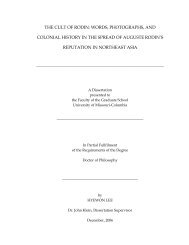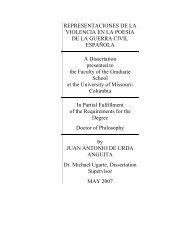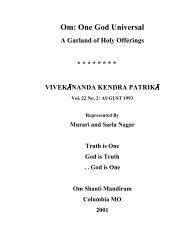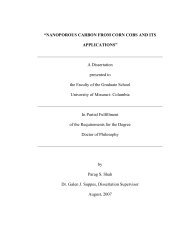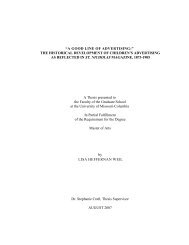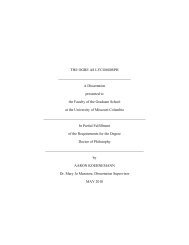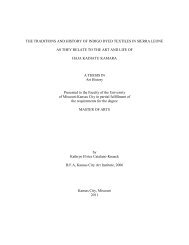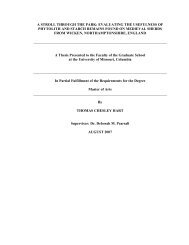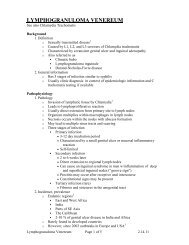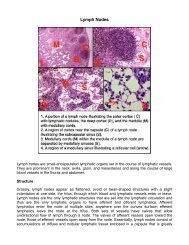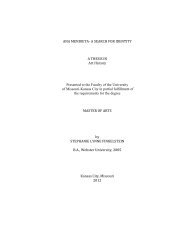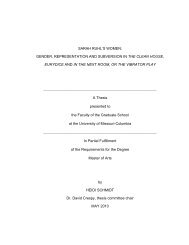Social Construction of Reality - Bad Request
Social Construction of Reality - Bad Request
Social Construction of Reality - Bad Request
You also want an ePaper? Increase the reach of your titles
YUMPU automatically turns print PDFs into web optimized ePapers that Google loves.
communities <strong>of</strong> knowledgeable peers” (p. 54). He goes on to state that, indeed, “what we<br />
know is a conversational artifact…it means that knowledge is what we can explain to one<br />
another’s satisfaction” (p. 118). Preskill and Torres’ model for evaluative inquiry is<br />
predicated upon dialogue and enlarged via other pathways which are themselves largely,<br />
though certainly not exclusively, conversational: reflection, asking questions, identifying<br />
and clarifying values, beliefs, assumptions, and knowledge. Indeed, it is important to<br />
note that dialogue and conversation can, in fact, take written forms as well as spoken.<br />
Written language is another vital expression <strong>of</strong> communication. It manifests its<br />
presence for individuals as both consumers and producers, much the same way verbal<br />
language does. Language materializes as text to be read. Bruffee (1999) explains “by<br />
reading, we acquire fluency in the language <strong>of</strong> the text and make it our own.<br />
…conversely, we make the authors we have read members <strong>of</strong> our community” (p. 8). We<br />
encounter such texts in a variety <strong>of</strong> circumstances. Nonaka and Takeuchi (1995) iterate<br />
the variety <strong>of</strong> forms that language can take, both in the spoken and written form as it<br />
reifies knowledge: “schemata, mental models, beliefs, and perceptions…metaphors,<br />
analogies, concepts, hypothesis” (pp. 8, 64). They explain that it is primarily through<br />
writing that language is able to convert tacit knowledge into knowledge that can be<br />
articulated. Starratt (2003) explores the relationship between knowledge, meaning, social<br />
activity and notes that when learners set out to inquire, to solve problems, it “involves<br />
multiple texts, experiments, and perspectives in the generating <strong>of</strong> meaning” (p. 37).<br />
Electronic surveying. The function <strong>of</strong> this section is to provide an overview <strong>of</strong> the<br />
uses and applications <strong>of</strong> electronic surveying, particularly as it fits within the qualitative<br />
design <strong>of</strong> this study. There were two factors specifically related to this study which<br />
39



